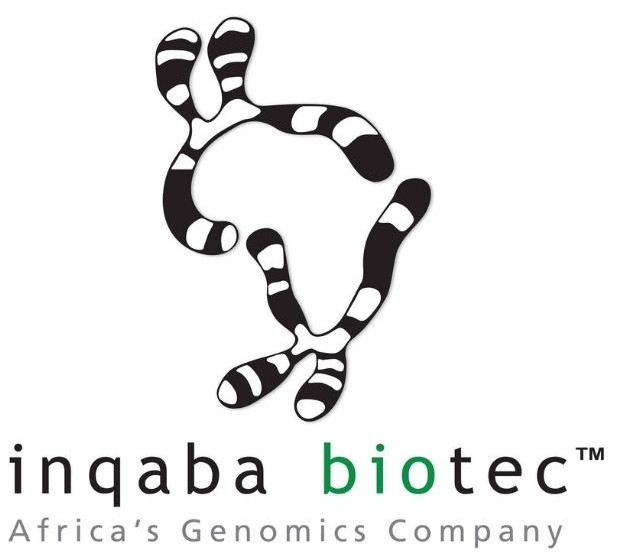Population genomics supports the recognition of Leptographium wageneri varieties as three separate species.
Du Plessis, D.*1, Wingfield, B. D.1, Wingfield, M. J.1, Stukenbrock, E. H.2, Duong, T. A.1
1 Department of Biochemistry, Genetics and Microbiology, University of the Pretoria, Pretoria, South Africa
2 Christian-Albrechts University of Kiel and Max Planck Institute of Evolutionary Biology, Kiel and Plön, Germany
Species in the Leptographium wageneri complex are ascomycete fungal pathogens that cause black stain root disease of conifers. Three host specific varieties i.e. L. wageneri var. wageneri, L. wageneri var. ponderosum and L. wageneri var. pseudotsugae have long been recognised in this complex. In addition to their distinct patterns of host association, they differ in their isozyme profiles, cultural characteristics, restriction fragment length polymorphisms (RFLP) and phylogenetic marker sequences. Consequently, they have recently been described as distinct species i.e. L. wageneri, L. pseudotsugae and L. pondersosum. We analyzed genome sequence data from 179 isolates of all three species in the L. wageneri complex to gain insights into the genomic patterns of diversification. The evolutionary history and relatedness of the species was investigated using ADMIXTURE, Principal Component Analysis (PCA) and phylogenetic analysis using genome-wide SNP data. Genome scans for introgression using the ABBA-BABA test statistic were carried out to identify possible introgression events during evolutionary history of the species. ADMIXTURE and PCA analyses revealed three clusters, corresponding to each of the species in the complex. Phylogenetic analysis using genome-wide SNP data and selected gene markers also revealed three distinct lineages representing the three species. Phylogenetic network analysis using SplitsTree suggested little evidence of recombination between these lineages. The ABBA-BABA test statistic showed signs of introgression between L. wageneri and L. ponderosum on two contigs. Overall, the results support the decision to describe the three previously designated varieties in the L. wageneri complex as distinct taxa.
Keywords: Leptographium wageneri, vascular wilt pathogens
